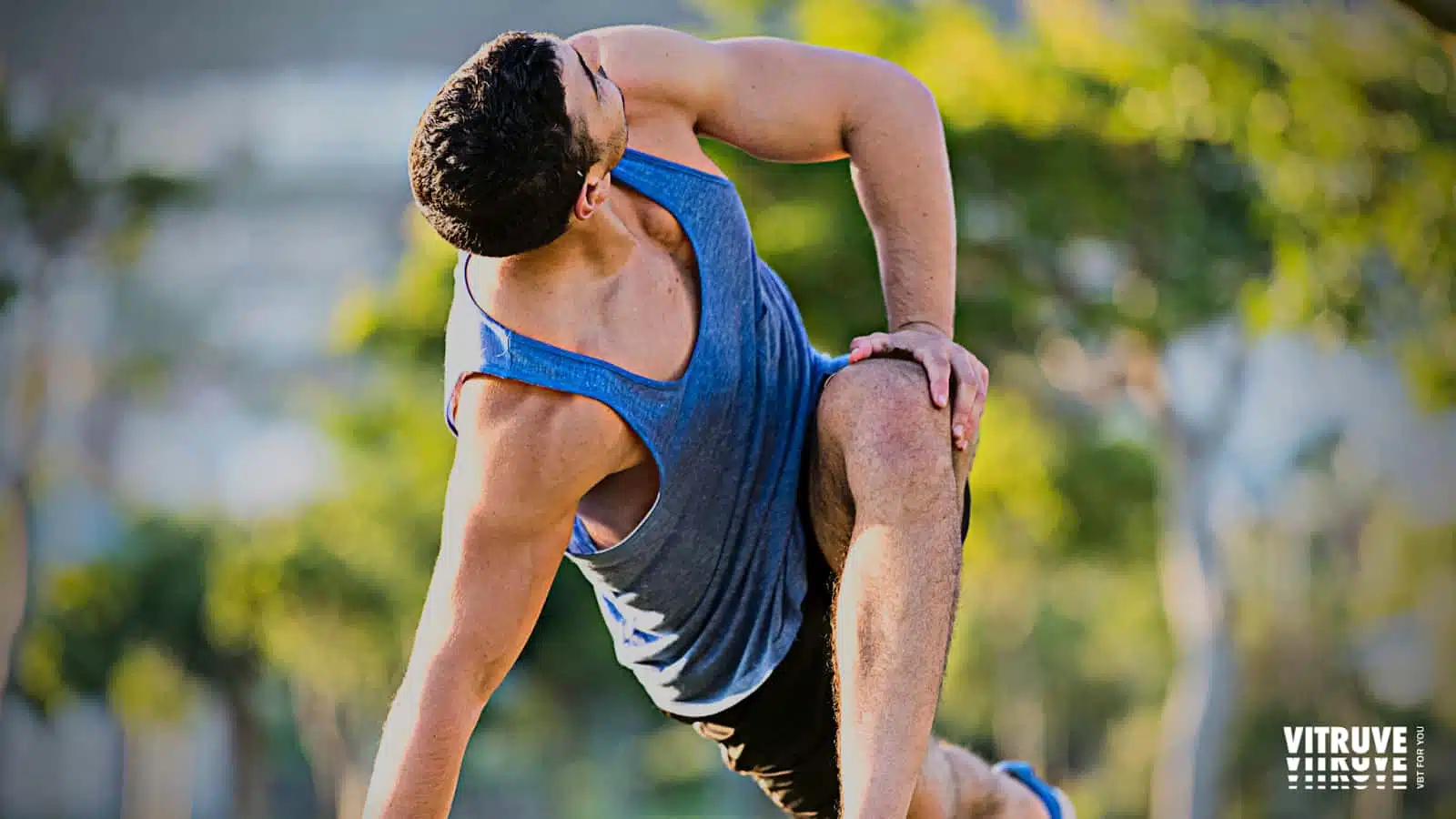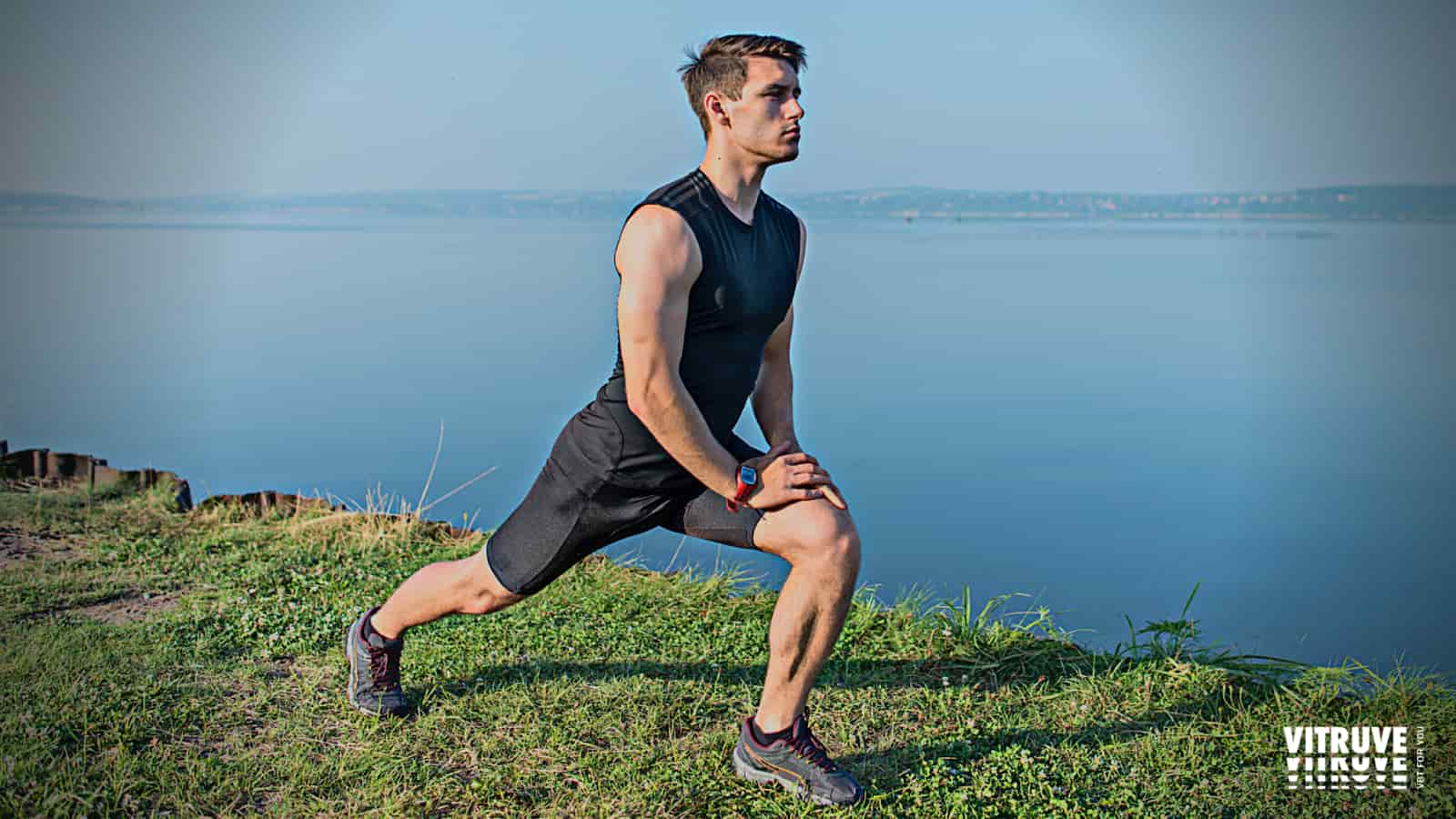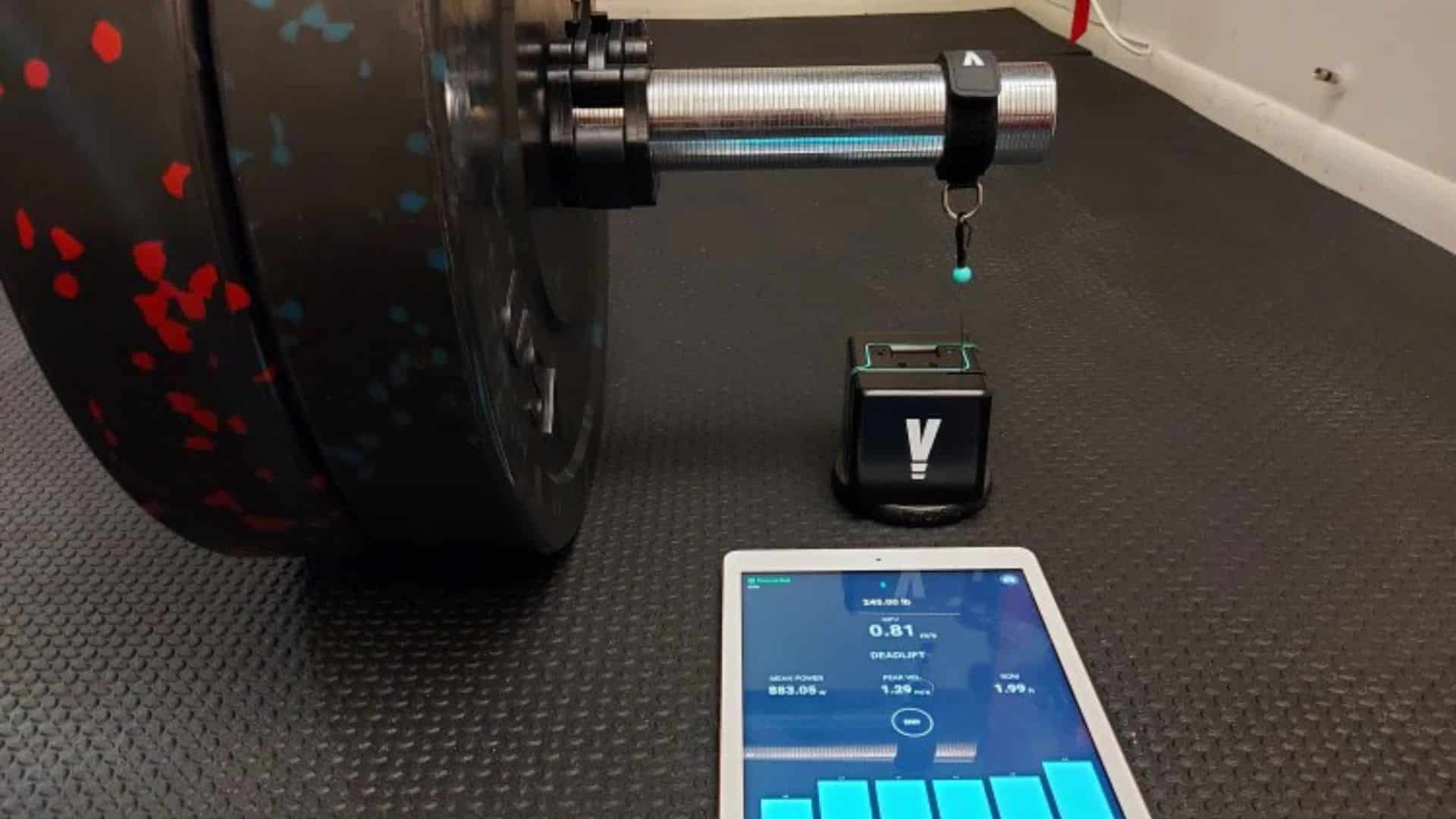20 de December de 2024
Essential Dynamic Warm-Up For Any Athletes
Every training session should start with a dynamic warm-up, no matter the goal, the ability level, or the sport. By developing an athlete’s/lifter’s mental and physical readiness to train at higher intensities with improved injury resilience, the dynamic warm-up will enhance their mental and physical readiness to train at higher intensities. In this article, we discussed what exactly a dynamic warm-up is. Why is it important? and as part of this article, we have also included a few dynamic warm-up exercises to kick off any training session.
Dynamic Warm-Up: What Is It?
This is the process of performing a series of exercises dynamically to provide active flexibility to the joints, connective tissues, and muscles to promote muscular force (through concentric, isometric, and eccentric contractions).
How To Do A Dynamic Warm-Up?
Dynamic warm-ups can be done in several ways; however, the general rule is to start with simpler, less explosive movements earlier in an exercise series to allow the body to adjust. It is recommended to start with lower-impact exercises and then build fluidly into more explosive and full-range exercises. A dynamic warm-up should end with an elevated heart rate, increased breathing, and some perspiration (sweat) among the athletes/lifters. Once this has occurred, the athletes/lifters can then begin speed/power/corrective movements drills.

Benefits Of Dynamic Warm-Up
Dynamic warm-ups are a fundamental part of any training session and often occur at the earliest stages (often after soft-tissue, mobility, or general steady-state warm-ups). Here are some reasons why dynamic warm-ups improve performance and training endurance.

Velocity Based Training 【 #1 VBT Guide in the World 】
Increase Blood Flow to Muscle Tissues
When we work out, blood flow is shunted from the intestines and stomach and pumped toward the working muscles, lungs, heart, and brain to enhance muscular performance. By putting in a dynamic warm-up you can ensure that oxygen-rich blood is being distributed to your muscles at the onset of training.
Improve Heart Rate
Increasing heart rate is one of the most crucial aspects of any warm-up. This allows the physiological systems (respiratory, cardiovascular, circulatory, musculoskeletal, endocrine, neurological, and even digestive), throughout the body to increase body temperature, blood flow, and cardiac output, and prepare oneself for intense training. Moreover, this process can kick off aerobic processes that can enhance work capacity at the onset of a workout to truly maximize every rep.
Stimulate Nervous System
Enhanced blood flow, mind-muscle connections, and motor patterning all can occur during and following a dynamic warm-up. A dynamic warm-up helps to ensure that your body and mind are fully prepared for the training session to come.
Improve Mobility And Core Temperature
While mobility issues may demand tissue manipulation, they can also be improved by increased end-range control and activity, both of which can be targeted by a thoughtful dynamic warm-up. In addition, Increased core temperature gained by dynamic warmup ensures that the muscles, joint capsules, and connective tissues can be prepared for higher-intensity movements.
Lessened Injury Risk
All of the above dynamic warm-up benefits can result in a heightened level of injury resilience during higher-intensity training. Failure to adequately warm up can result in muscle strains, excessive tendon and ligament stress (lack of muscular engagement), and/or general movement issues that can result in overuse/compensatory movement patterning injuries.

Essential Dynamic Warm-Up For Athletes
Below is a list of some best dynamic warm-up exercises that are beneficial for every athlete belonging to any sport. All of them can be measured with the Vitruve encoder.

Best Velocity Based Training Devices – Full Review 2025
Walkouts
Walking with bent or straight knees can increase hip function and patterning that are needed for squats and pulls. Moreover, this can help to dynamically stretch hamstrings and lower backs to prepare for explosive posterior chain movements (running, sprinting, lifting, weightlifting, etc.).
Groomers
A groomer is one of those movements that can hit almost every single joint in the body. Performing a deep lunge and placing your hands on the floor will stretch your hips and groins for squats, pulls, and athletic movements. This can be a total-body movement when combined with the thoracic component.
Crawls
Despite how basic crawling is, many athletes are unable to perform it due to a lack of mobility, stability, and coordination. A dynamic warm-up routine including crawling can help maximize a training program’s overall readiness and performance.
Lunge Variations
The forward, reverse, crossover, lateral, and diagonal lunges all contribute to a dynamic warm-up. Your dynamic warm-up routine should include one-leg exercises because most athletic movements require you to support yourself on one leg.
Cossack Slides/Squats
Incorporating Cossack squats, lunges, and slides into your daily routine will enhance hip, knee, and ankle mobility and help prepare your joints for end-range movements and force outputs. The benefit of this is particularly important for sports like weightlifting, baseball/softball (catchers), and those where mobility and flexibility contribute to injury resilience. In short, it proves to be crucial in every sport.
High Knees
By engaging the hips, quadriceps, and hamstring muscles dynamically, force production can be increased. It is especially useful in sprinting, running, and even weightlifting (in which athletes must quickly bend their hips and knees).
Jumps
Athletes can prepare themselves for more explosive, higher-impact plyometric drills by doing light jumping during dynamic warm-ups. When you warm up for your training session dynamically, you can hop, skip, and bound to get your heart rate up.
Sample Dynamic Warm-Up for General Sports and Fitness
This dynamic warm-up is commonly used with college athletes, sports teams, and general fitness. Each movement is done for 10-20 yards. This routine should be performed once through, taking 5-8 minutes in total.
- Knee Hugs and Pulls (Quadriceps, Hip Flexors, Hamstrings) x 20 steps (10/leg)
- Walkouts/Inchworms x 10
- Walking Lunge + Reach x 20 steps (10/leg)
- Sideways Lunge x 20 steps (10/leg)
- High Knees and Butt Kicks x 20 steps per movement
- Carioca x 20 steps (10/leg)
- Leg Swings x 20 steps (10/leg)
- Power March x 20 steps (10/leg)
- Power Skips x 10 skips (5/leg)
- Bounding Hops x 10
- Consecutive Broad Jumps x10
Therefore, It is recommended that an athlete should warm up for at least 20 to 25 minutes before exercising. Avoiding going too fast too soon will reduce the likelihood of injury. In addition, you will get the most out of your muscles because you followed a thought-out progression of movements that went from low-intensity jogging and skipping to high-intensity speed development training and exercises. You can track the exercises with a VBT.

1RM Calculator
Wrapping Up
Effective warm-ups should involve a variety of dynamic, active movements that progress from low-impact, low-intensity exercises to high-intensity, full-speed exercises that simulate the intensity of the practice or competition. Dynamic warm-up can mentally and physically prepare athletes for the demands of sports training and athletic events by increasing blood flow to active muscles, raising core body temperature, enhancing metabolic reactions, and improving joint range of motion. These effects can boost athletic performance by enhancing oxygen delivery, increasing the speed of nerve-impulse transmissions, improving the rate of force development, and maximizing strength and power. Moreover, this well-designed warm-up sets the tone for upcoming activities and stabilizes the desired tempo for practice or competition.

